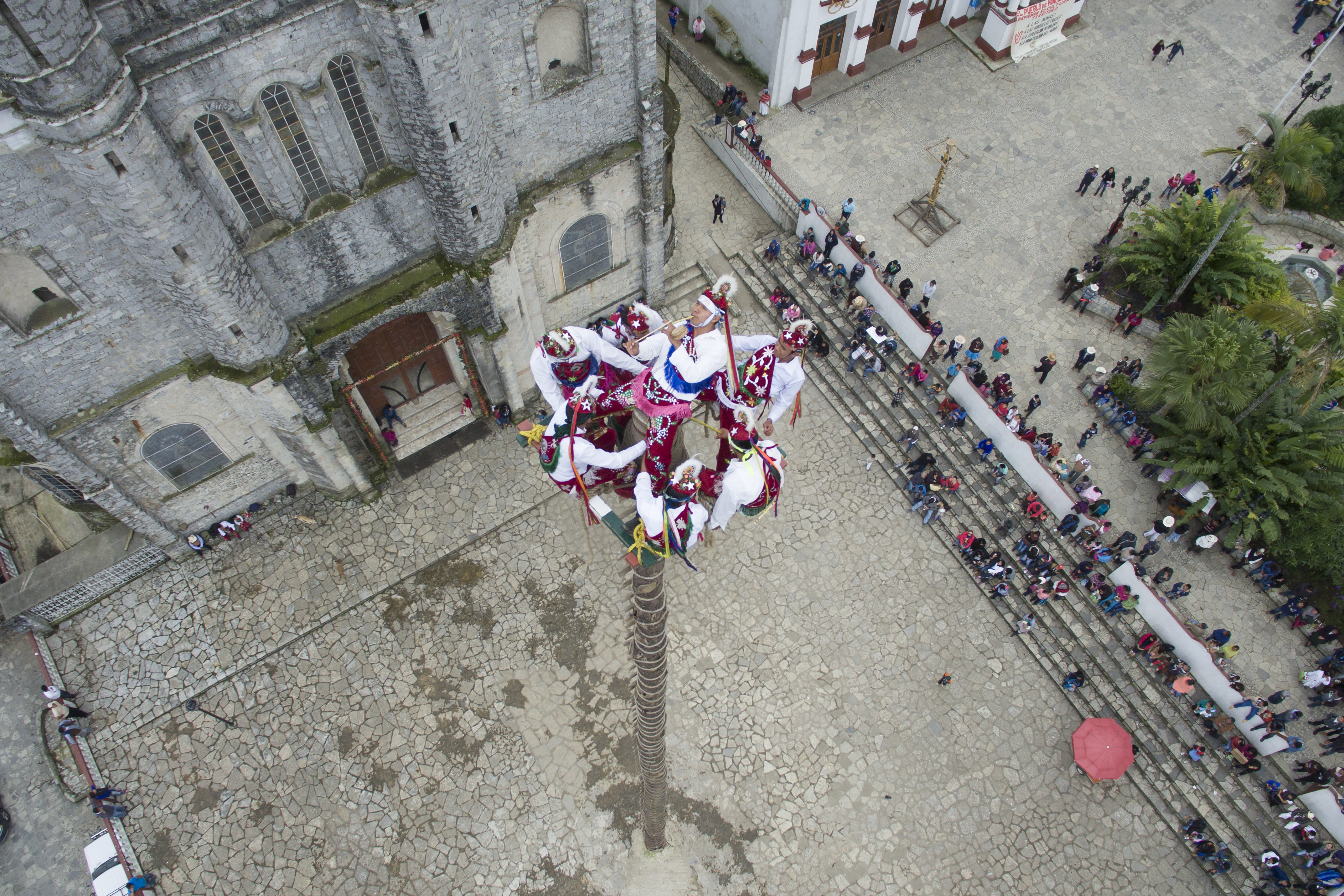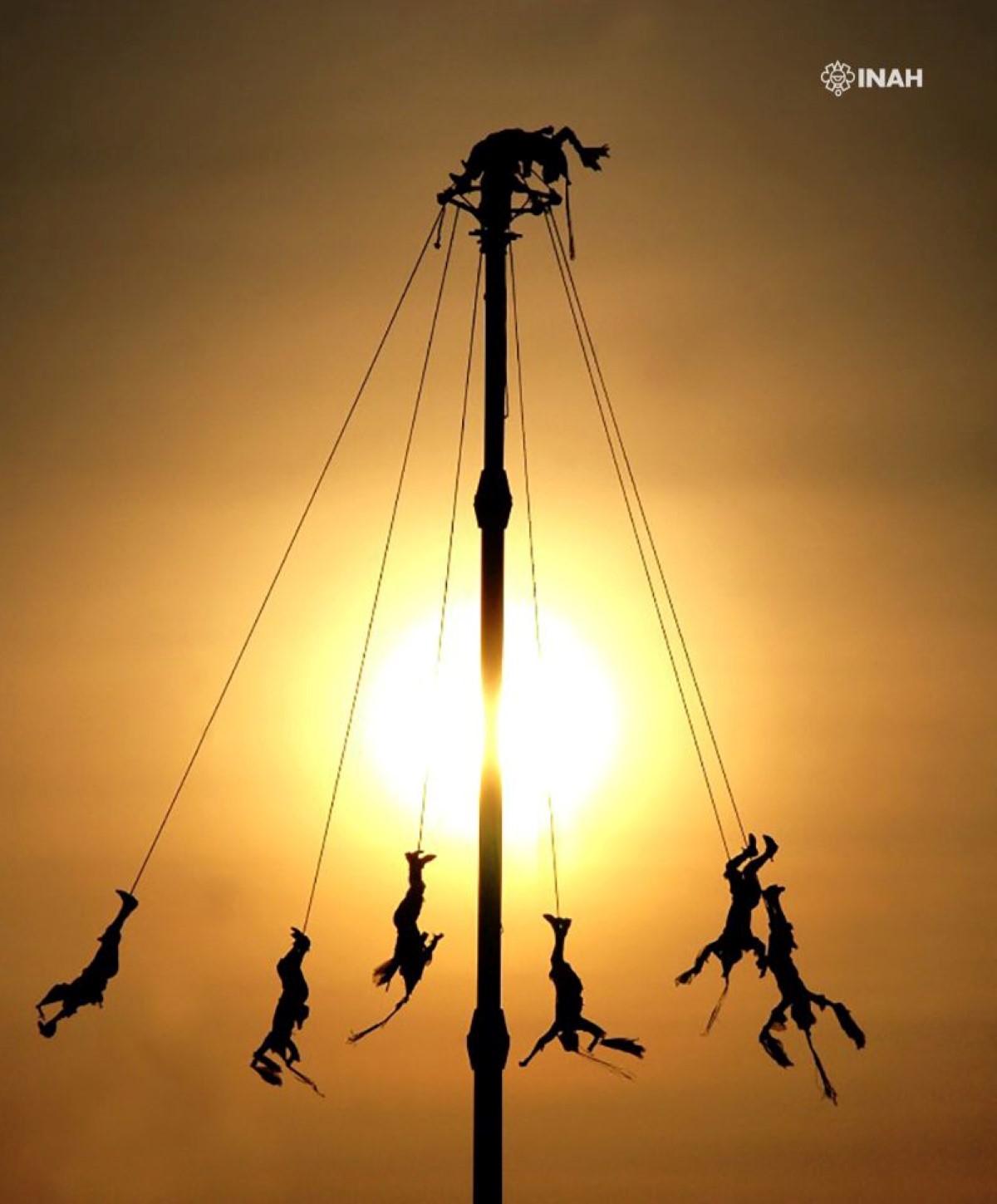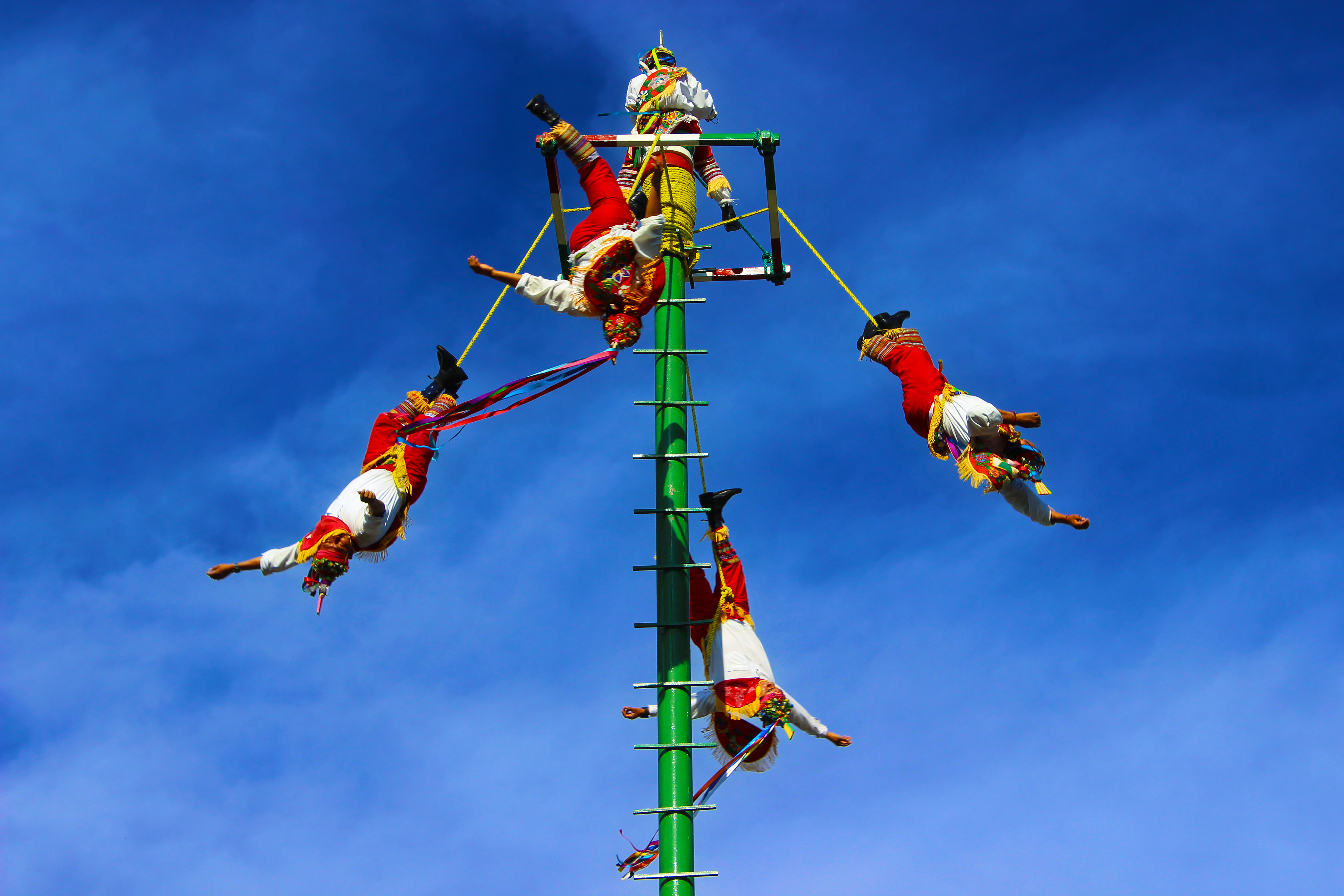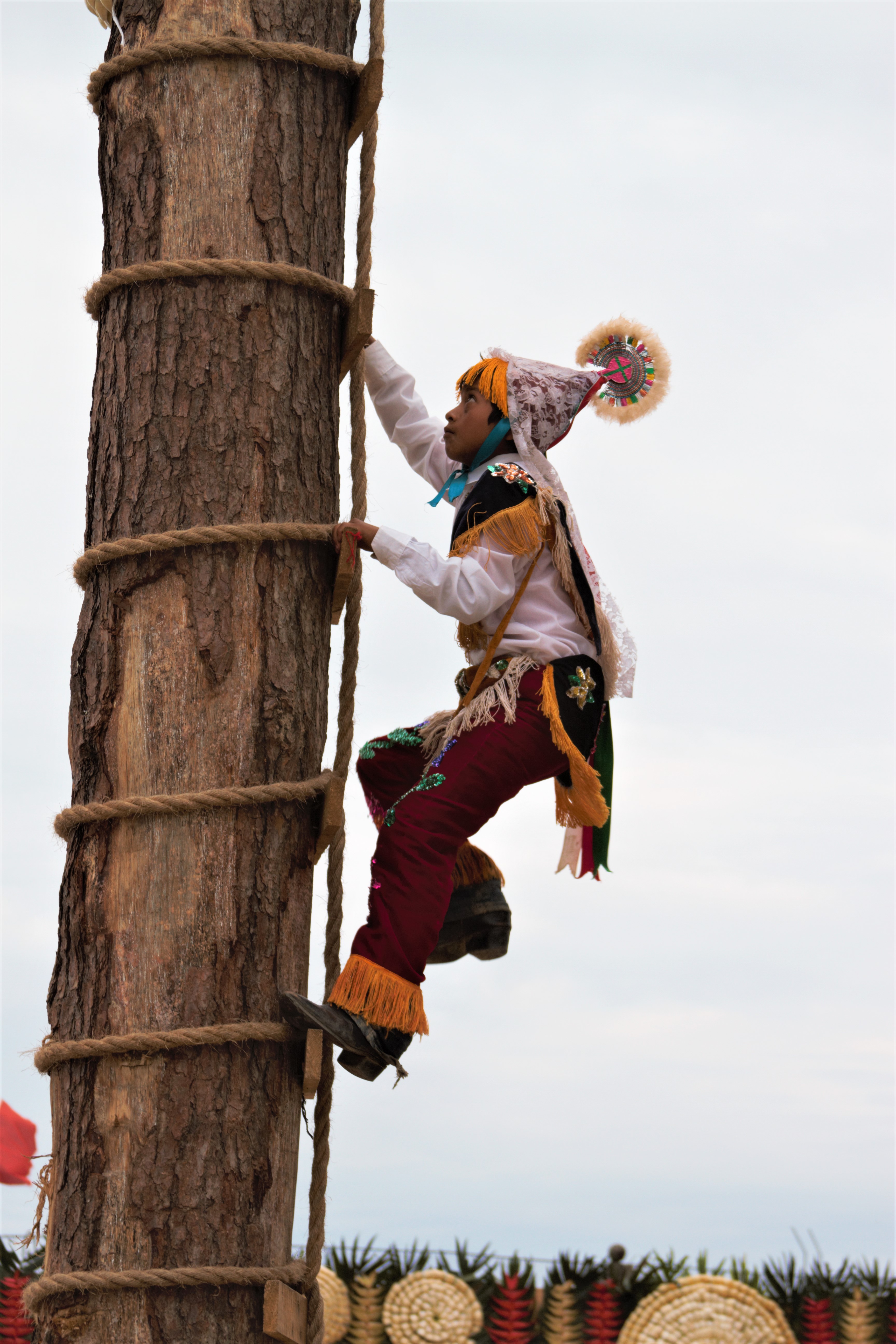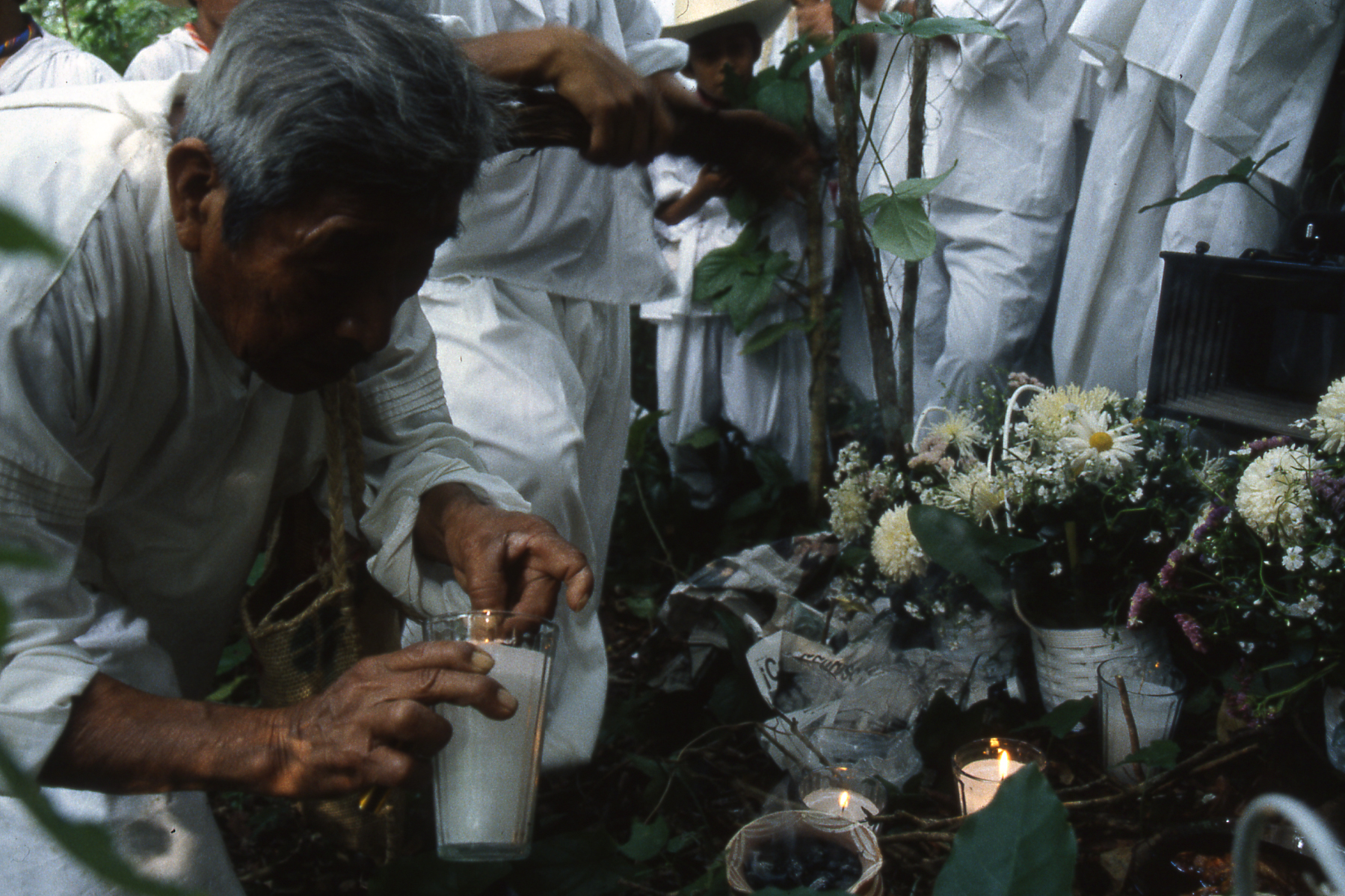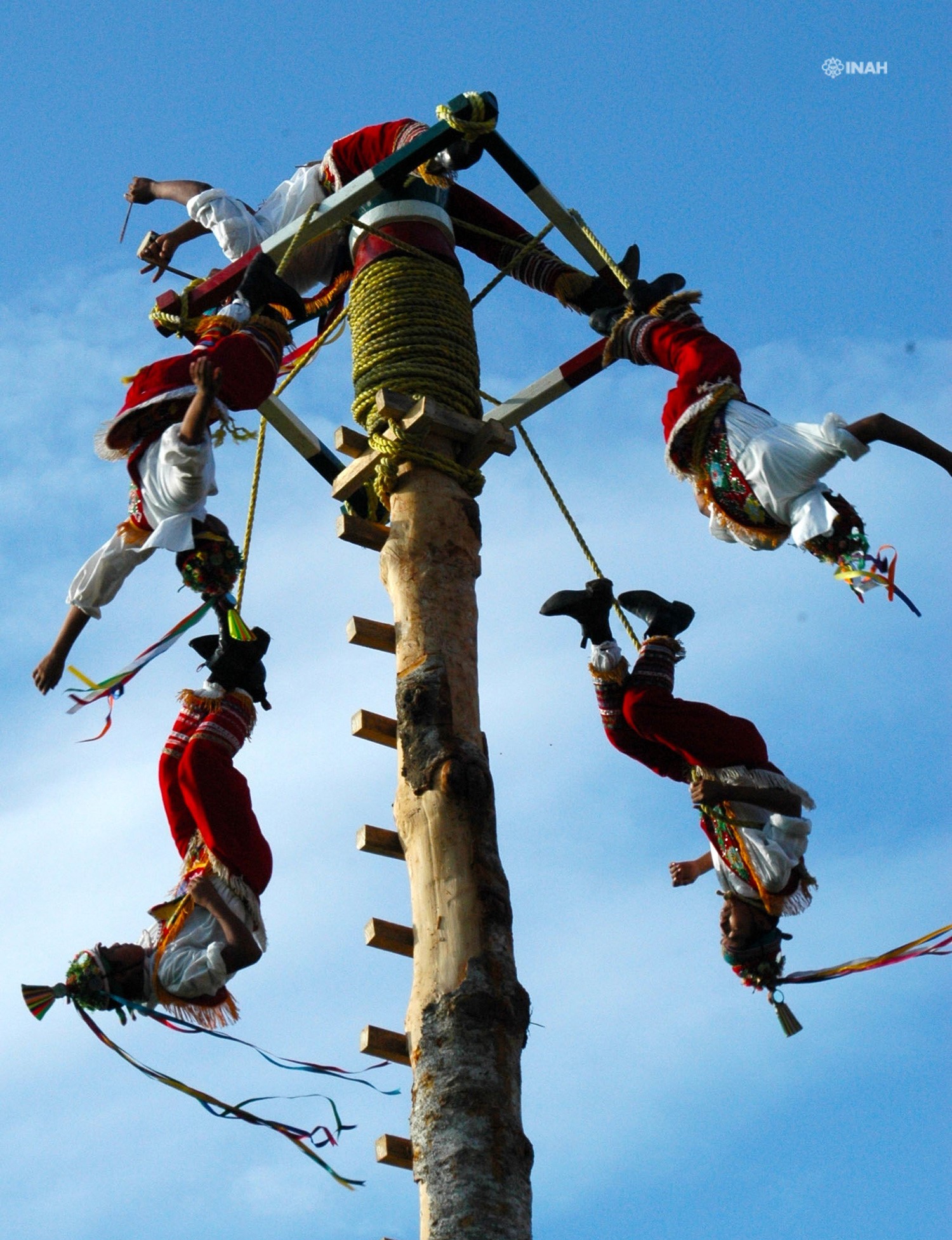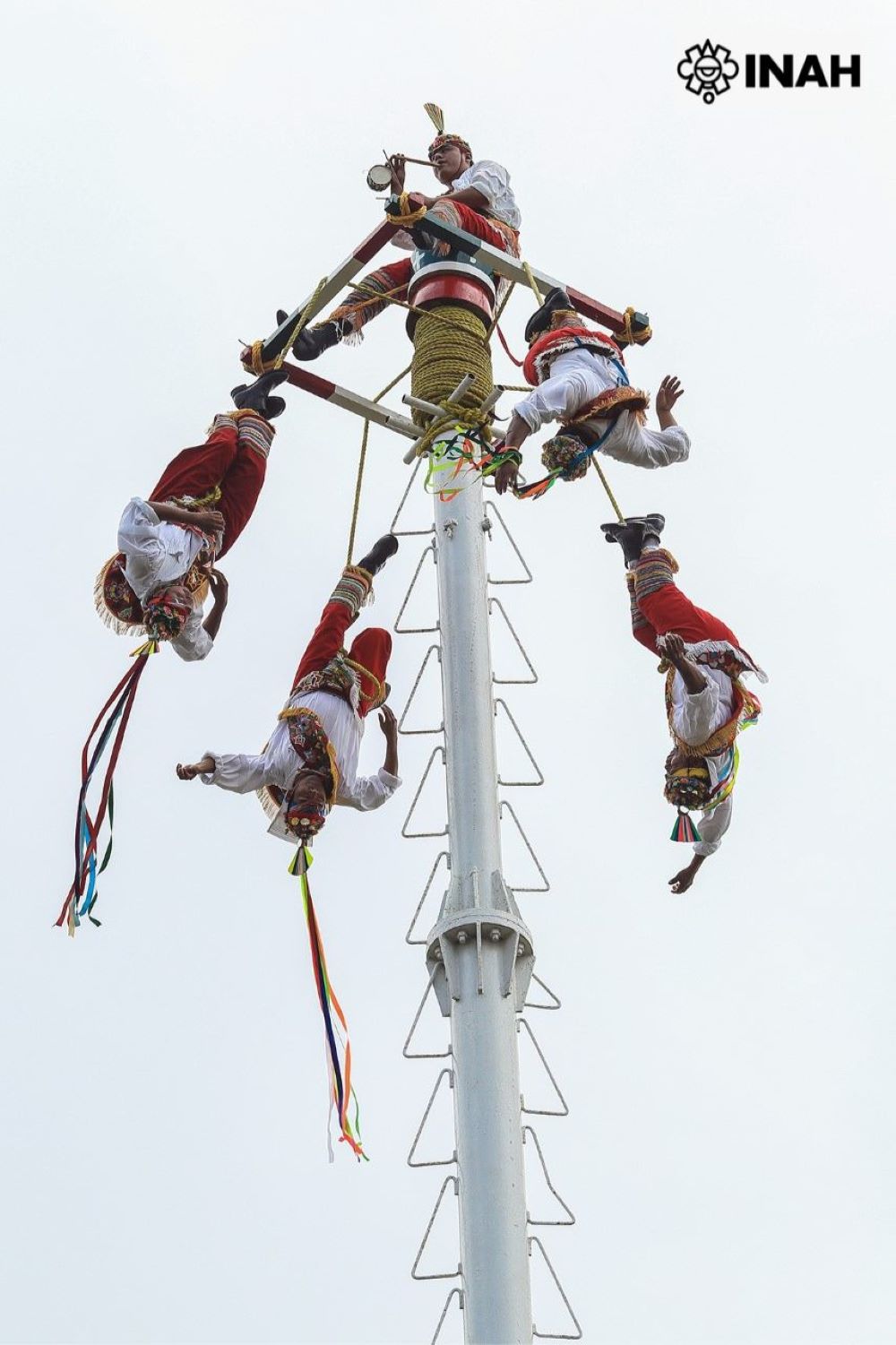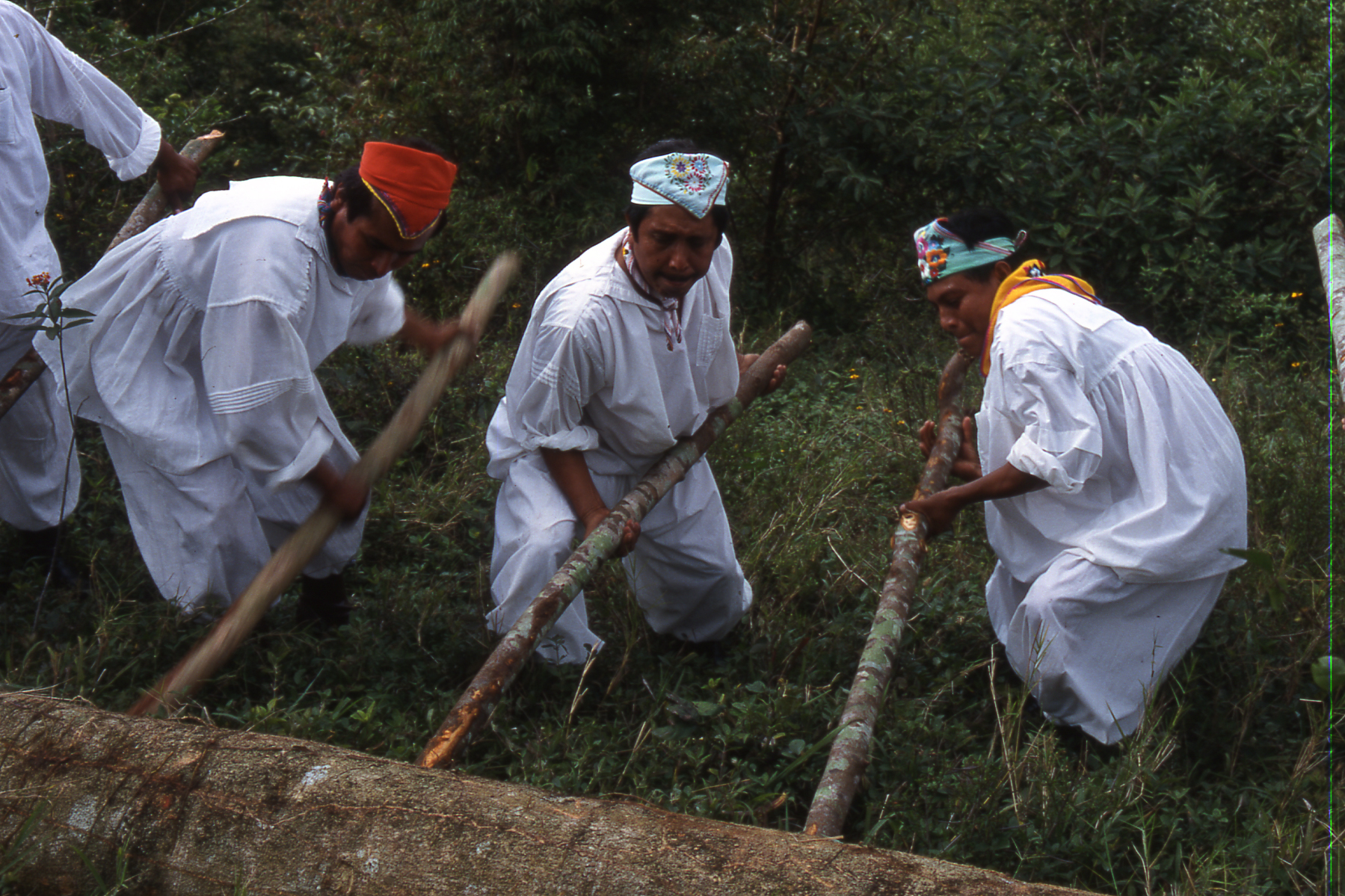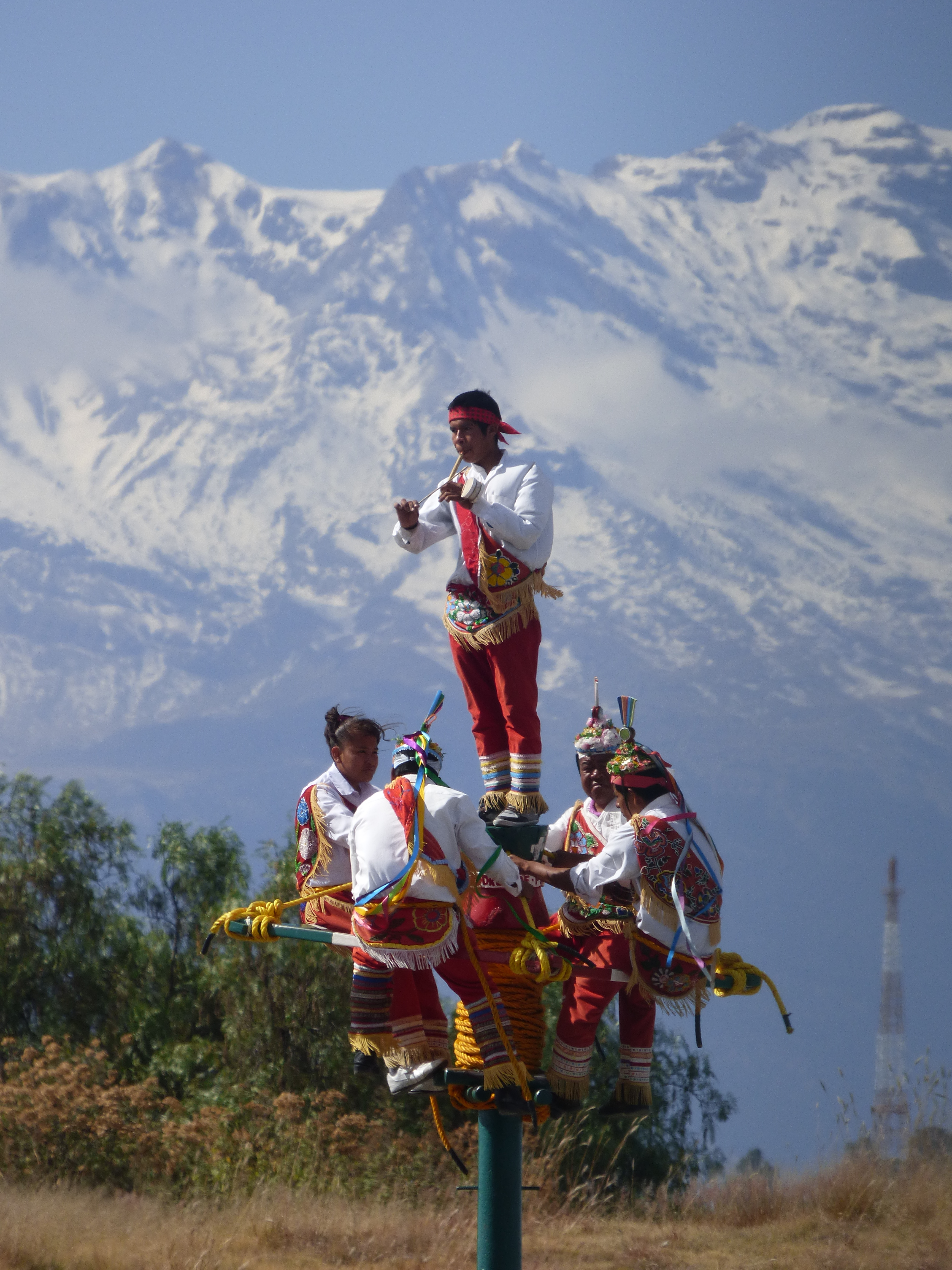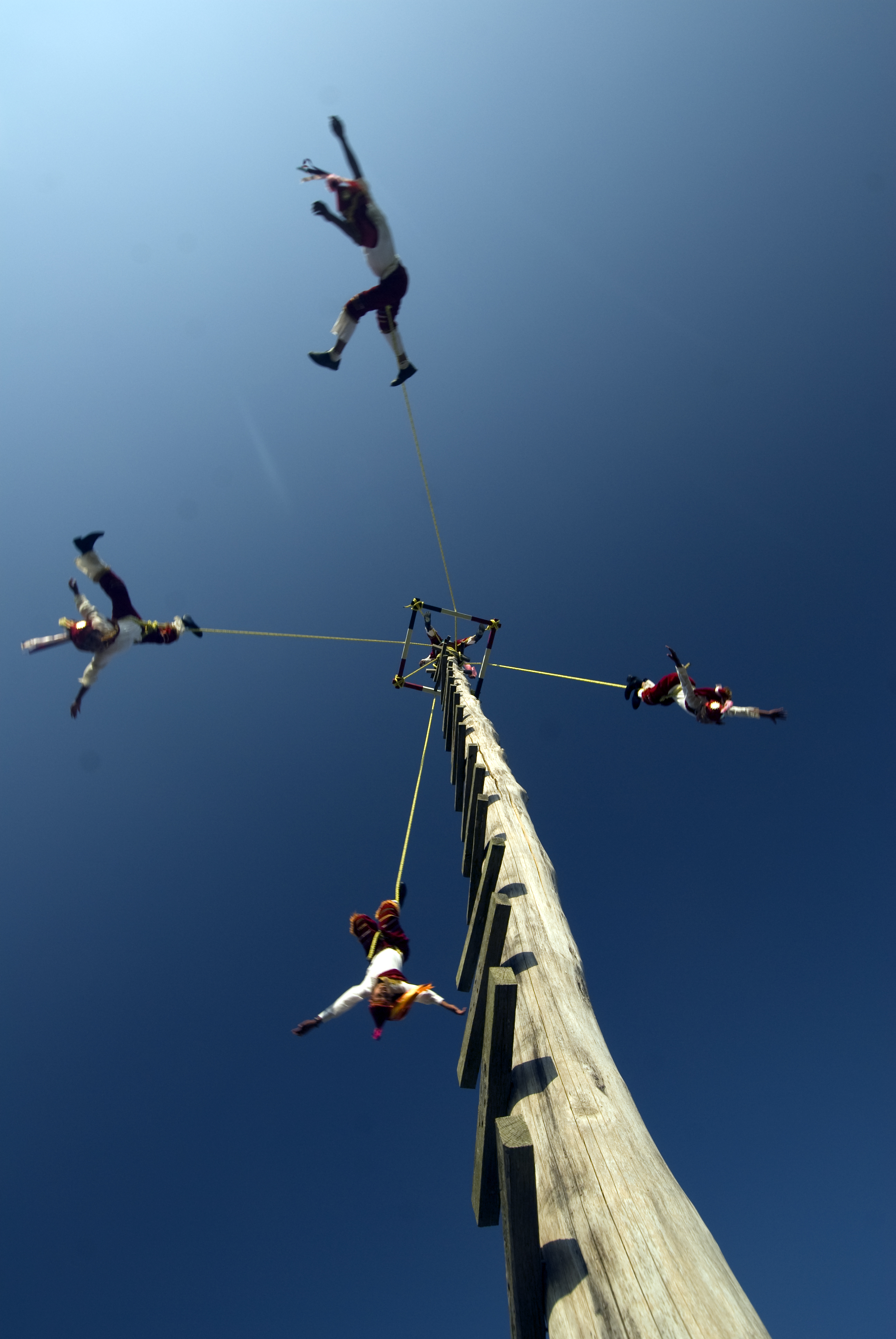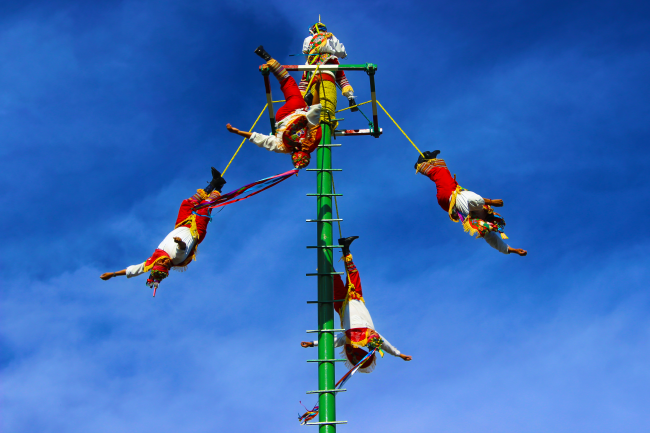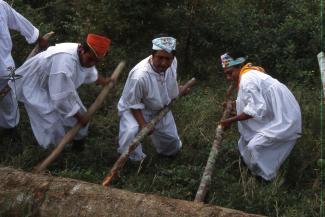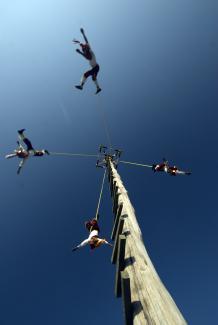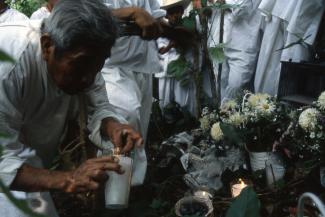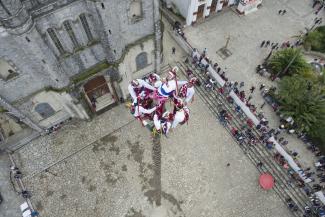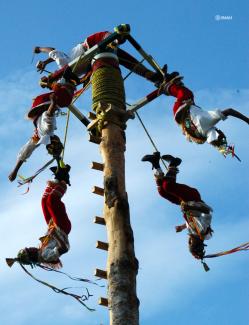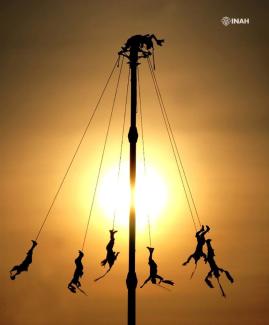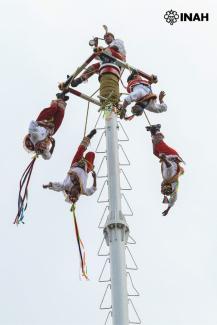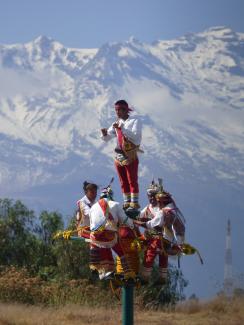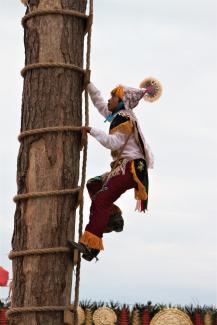La ceremonia ritual de los Voladores
La ceremonia ritual de los Voladores

World Heritage
Intangible
Usos sociales, rituales y actos festivos
The ritual ceremony of the voladores is a dance associated with fertility practiced by various indigenous peoples of Mexico and Central America—including the Totonacs, Teeneks, Nahuas, Ñañhus, and Mayans—although its most representative and emblematic value is concentrated in Totonacapan, Veracruz, a region historically linked to the pre-Hispanic city of El Tajín.
The ritual ceremony of the voladores is a fertility dance performed by various ethnic groups in Mexico and Central America, such as the Totonacs, Teeneks, Nahuas, Ñañhus, and Mayans. However, it is in the Totonacapan region of the state of Veracruz where its representative and emblematic value is most evident, associated with a historical community existence and linked by its geographical location to the pre-Hispanic city of El Tajín.
Its purpose is to express respect for nature and the spiritual universe, as well as harmony with both. During the ceremony, four young men climb a mast 18 to 40 meters high. Seated on the platform at the top of the mast, a fifth man, the caporal, plays melodies on a flute and drum in honor of the sun, as well as the four winds and cardinal points. After this act of invocation, the dancers throw themselves into the void from the platform to which they are tied by long ropes, spinning to imitate the flight of birds as the rope unravels, and gradually descending to the ground.
Each variant of the ritual dance of the voladores represents a means of reviving the myth of the universe, so that this ceremony expresses the community's worldview and values, promotes communication with the gods, and invokes prosperity. For the performers of this dance and all those who share in the spirituality of the ritual as spectators, the voladores ceremony is a source of pride in their cultural heritage and identity, while also inspiring a sense of respect for both.
Declaratoria UNESCO

Patrimonio Intangible
Categioría Usos sociales, rituales y actos festivos
Fecha 2009
Criterios de valor Universal Excepcional
Este lugar cumple con los siguientes criterios de valor Universal Excepcional
R.1
El elemento es patrimonio cultural inmaterial, en el sentido del Artículo 2 de la Convención.
R.2
La inscripción del elemento contribuirá a dar a conocer el patrimonio cultural inmaterial, a lograr que se tome conciencia de su importancia y a propiciar el diálogo, poniendo así de manifiesto la diversidad cultural a escala mundial y dando testimonio de la creatividad humana.
R.3
Se elaboran medidas de salvaguardia que podrían proteger y promover el elemento.
R.4
La propuesta de inscripción del elemento se ha presentado con la participación más amplia posible de la comunidad, el grupo o, si procede, los individuos interesados y con su consentimiento libre, previo e informado.
R.5
El elemento figura en un inventario del patrimonio cultural inmaterial presente en el(los) territorio(s) del(los) Estado(s) Parte(s) solicitante(s), de conformidad con los artículos 11 y 12 de la Convención.

